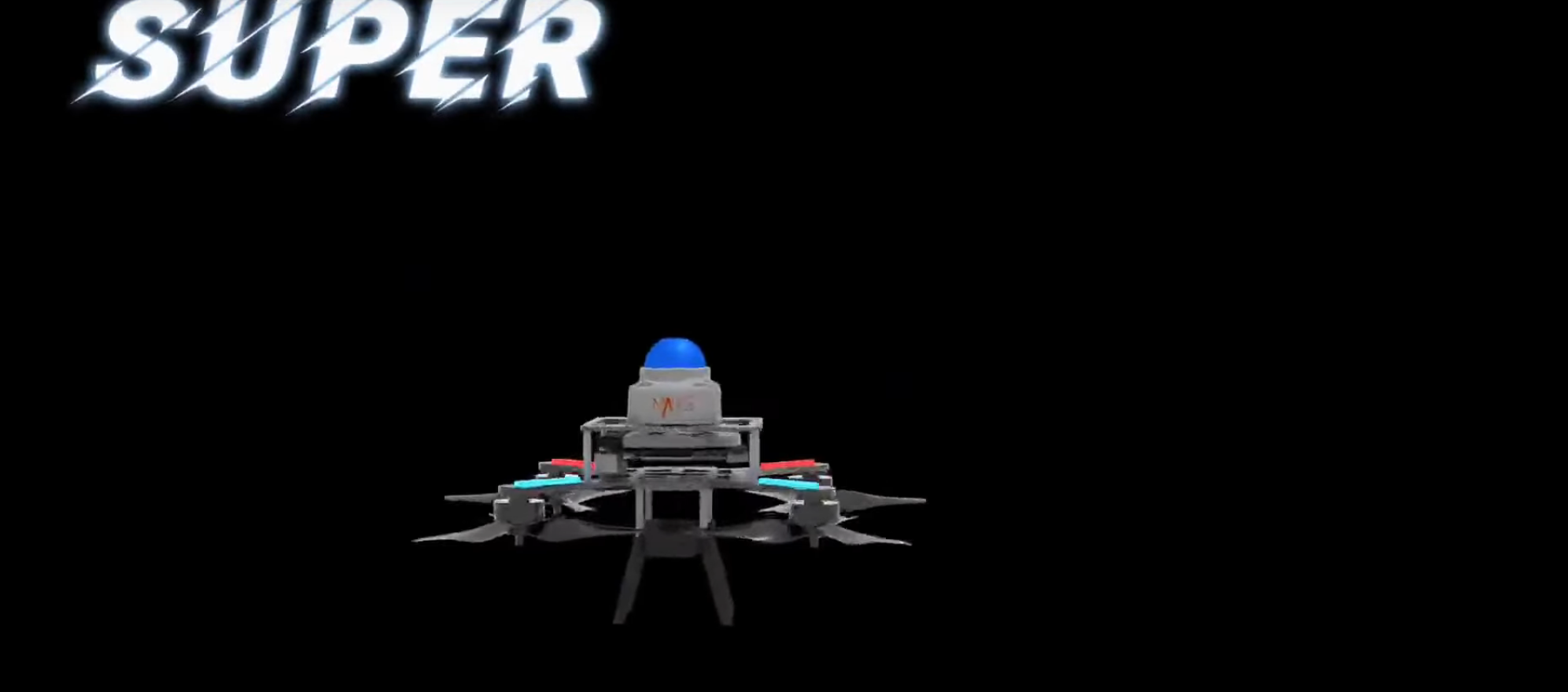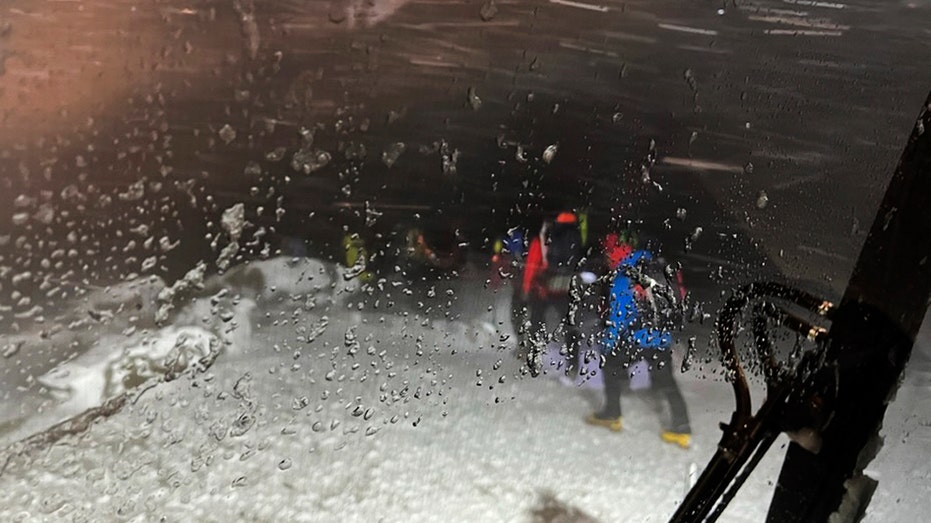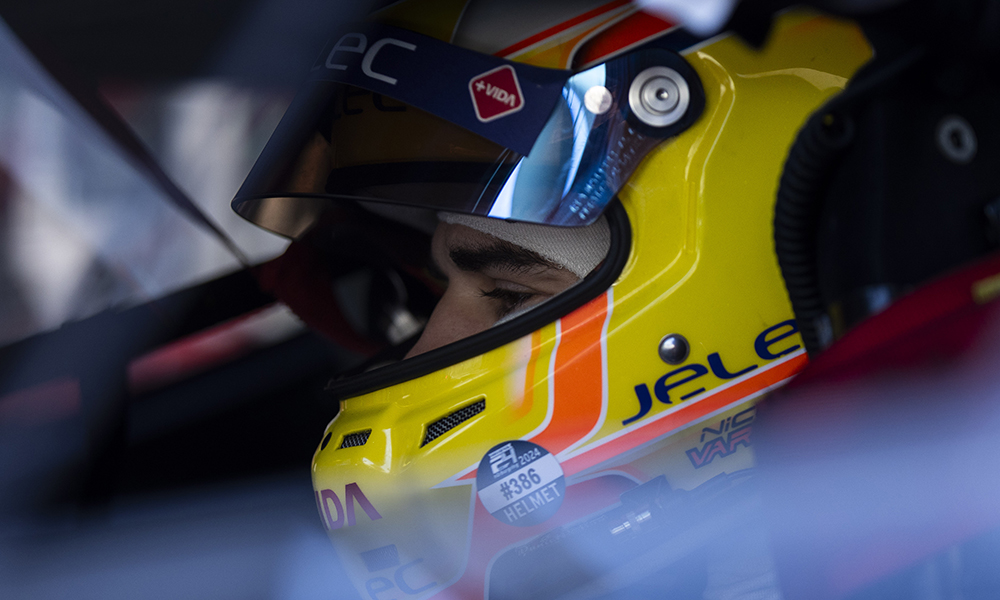SUPERb: Chinese researchers just designed and built a flying robot that looks like a precursor to Matrix's laser-focused Sentinels
Researchers in Hong Kong develop a high-speed aerial robot with advanced obstacle avoidance capabilities

- LiDAR helps SUPER to detect and avoid even the thinnest obstacles
- The drone can track moving targets in dense forests
- SUPER's real-time spatial mapping allows it to operate effectively even in low-light conditions
A team of researchers at the University of Hong Kong has designed and tested an advanced aerial robot capable of navigating complex environments at high speeds of up to 20 meters per second while maintaining precise control.
Named SUPER, the quadcopter drone uses cutting-edge LiDAR technology to detect and avoid obstacles, even thin wires that have posed challenges for traditional drones.
In research published on Science Robotics (via Techxplore), the team noted while SUPER has potential applications in search and rescue, its ability to operate autonomously in unknown environments suggests it could also be used for law enforcement and military reconnaissance.
The power of LiDAR for precision flight
Unlike conventional aerial robots that rely on cameras and sensors, SUPER uses 3D light detection and ranging (LiDAR) to map its surroundings and process spatial data in real time, allowing it to function in low-light conditions.
With a detection range of up to 70 meters, the LiDAR system feeds data to an onboard computer that continuously analyzes the environment.
This system enables SUPER to chart two distinct flight paths, one prioritizing safety and another allowing for exploratory movement.
To demonstrate its capabilities, the research team tested SUPER against a commercial drone, the DJI Mavic 3.
While the DJI model avoided larger obstacles, it struggled to detect thin wires of smaller diameters. In contrast, SUPER successfully avoided all obstacles, including 2.5-mm thin wires, thanks to its high-resolution point cloud processing.
The test result also reveals the drone glided through dense forests, tracking moving targets without colliding with trees or branches.














































































